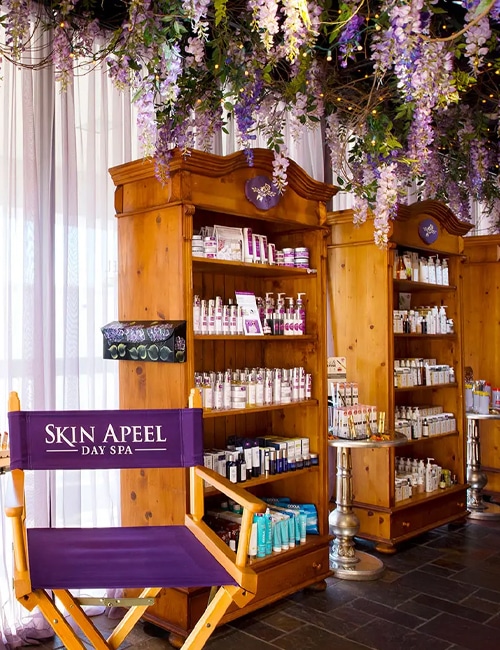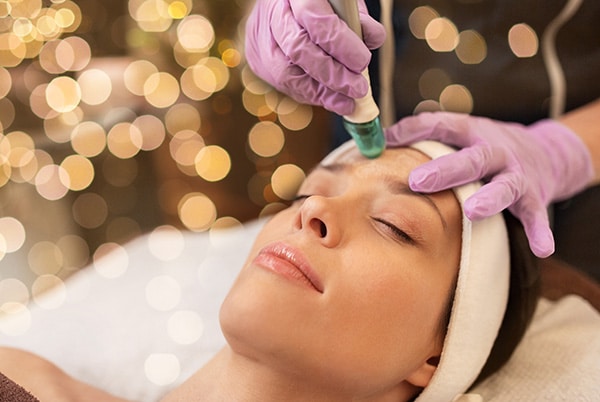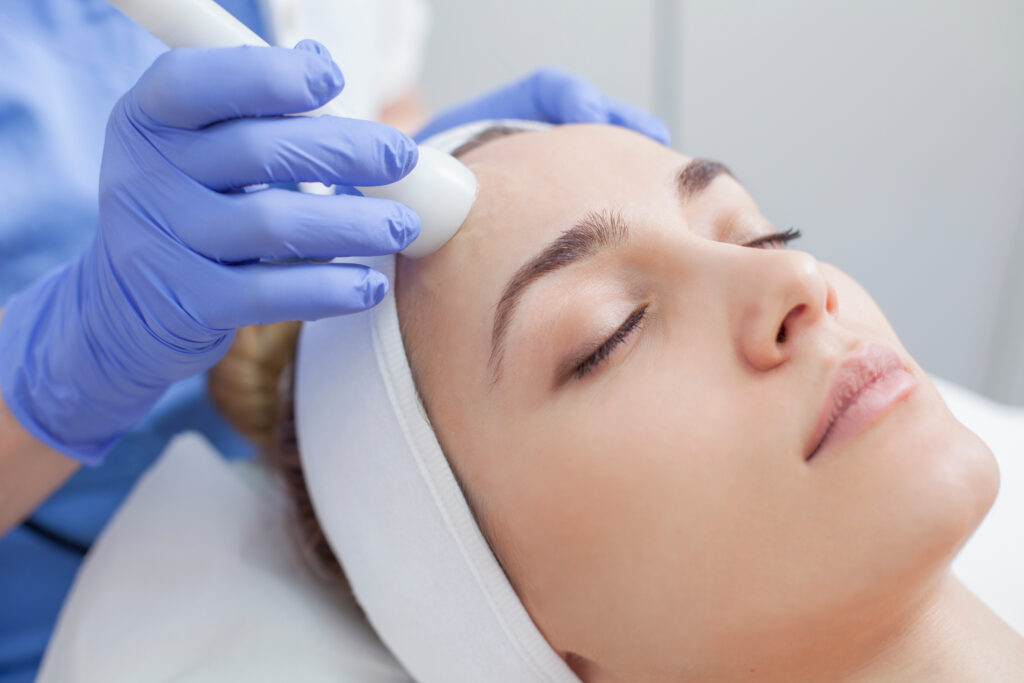Skin Apeel
-
21301 Powerline Road,
Suite 215 Boca Raton, FL 33433 - Phone: (561) 852-8081
- Email: [email protected]

Pigmentation is one of the most common skin concerns that a lot of us face. It refers to the dark patches or spots on the skin caused by various factors like sun exposure, hormonal changes, inflammation, and more. In this blog we will share about Effective Ways to Treat Pigmentation.
These patches can appear on any area of your skin but are most commonly found on cheeks, forehead, nose, and chin. Pigmentation can affect our confidence but don’t worry; it’s treatable.
This type of pigmentation often appears on the face in the form of brownish patches. This occurrence is more common in women than men and is usually triggered by hormonal changes.
Pregnancy, birth control pills, and hormone therapy are factors that can cause melasma. The condition is not hazardous to our health but can cause some people to feel self-conscious. Mild treatments such as lightening creams can improve the appearance of melasma.
Also known as liver spots or age spots, are pigmentation patches that occur due to sun exposure. They appear as flat, brown spots on areas exposed to the sun, such as the face, arms, and hands.
They become more visible with age and tend to occur in fair-skinned people. Although sunspots are typically harmless, protecting your skin from the sun is important to reduce the risk of developing skin cancer. Laser therapy can help reduce the appearance of sunspots.
This type of pigmentation tends to occur as a result of inflammation or injury to the skin. Acne, eczema, and psoriasis are some of the conditions that can cause PIH.
As the inflammation subsides, the melanocytes in the skin begin to produce pigment in the affected areas. PIH appears as dark patches on the skin and can take months to fade. Mild cases of PIH can be treated with lightening agents like hydroquinone, while severe cases may require a combination of chemical peels and laser treatment.
If you’re looking for an effective way to treat pigmentation, crystal-free microdermabrasion is the answer you’ve been seeking.

Unlike traditional microdermabrasion techniques that use crystals to exfoliate the skin, this method is gentle yet deeply exfoliating, leaving your complexion looking brighter than ever. And that’s not all – cryotherapy is used to tone and soothe the skin, reducing congestion, hyperpigmentation, fine lines, and even scarring.
Suggested Article: Embrace The New You with Ultrasonic Facial Treatment
The best results are achieved in a series of 6-10 treatments, spaced every two weeks. So, why not try this treatment and see your skin transform before your very eyes?

If you’re looking for another way and a cutting-edge solution to pigmentation issues, an ultrasonic facial treatment by Skin Apeel might be your answer.
Using high-powered sound waves, this advanced facial penetrates deep below the surface of the skin, providing fast and effective relief for a variety of skin conditions, from wrinkles to scarring. And with the added benefits of hydro-brasion, ultrasound therapy, targeted serum infusion, and lifting-tightening masks, you’ll leave feeling refreshed, rejuvenated, and ready to tackle whatever life throws your way.
Book your ultrasonic facial today and start experiencing the benefits of advanced skincare technology for yourself!
Do you have hyperpigmentation on your face that just doesn’t seem to go away? If uneven skin tone, or discoloration from acne scars has been a long standing problem, then you might be surprised at the number of products available today that can help treat it. When it comes to tackling stubborn dark spots and other forms of hyperpigmentation, the right facial products can make all the difference!
Yes, aloe vera has a natural pH level that promotes healthy bacterial levels on the surface of your skin – reducing breakouts and acne scars that cause uneven pigmentation.
Enzymes such as catalase and superoxide dismutase present in aloe work together with those antibacterial components, which aid in fading off excess melanic dark spots from age spots or sun damage, amongst other factors.
Furthermore, vitamin C in aloe helps lighten excessive shadow areas around eyes as well as helping diminish dark circles under them. At the same time, Vitamin E works wonderfully with boosting collagen production, keeping your face looking firm and radiant all throughout its use!
All these vitamins, along with their antiseptic elements make it an ideal choice when trying to treat abnormal pigmentations across many parts of your body, especially the face area where you want an even-toned flawless-looking complexion!
Pigmentation is a common occurrence that can affect anyone, but identifying the type of pigmentation is essential to determine the appropriate treatment. It can impact your self-esteem and make you feel self-conscious about your appearance. However, there are several effective ways to treat pigmentation and achieve a clearer, brighter complexion.
















































































